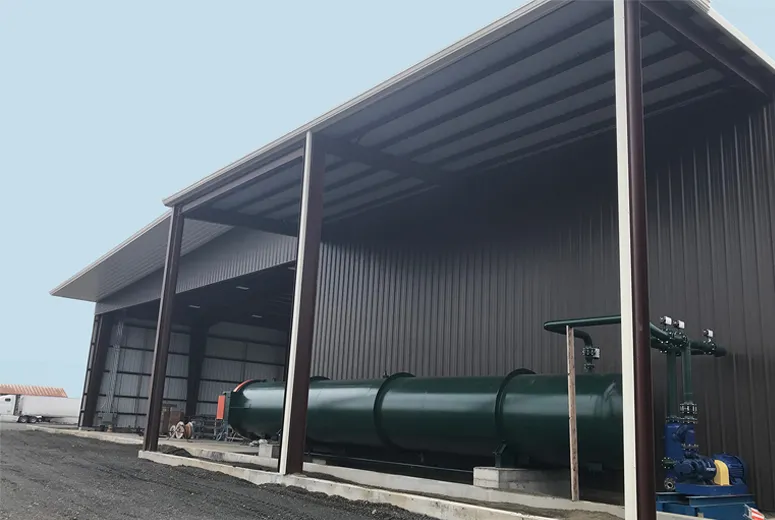- Afrikaans
- Albanian
- Amharic
- Arabic
- Armenian
- Azerbaijani
- Basque
- Belarusian
- Bengali
- Bosnian
- Bulgarian
- Catalan
- Cebuano
- Corsican
- Croatian
- Czech
- Danish
- Dutch
- English
- Esperanto
- Estonian
- Finnish
- French
- Frisian
- Galician
- Georgian
- German
- Greek
- Gujarati
- Haitian Creole
- hausa
- hawaiian
- Hebrew
- Hindi
- Miao
- Hungarian
- Icelandic
- igbo
- Indonesian
- irish
- Italian
- Japanese
- Javanese
- Kannada
- kazakh
- Khmer
- Rwandese
- Korean
- Kurdish
- Kyrgyz
- Lao
- Latin
- Latvian
- Lithuanian
- Luxembourgish
- Macedonian
- Malgashi
- Malay
- Malayalam
- Maltese
- Maori
- Marathi
- Mongolian
- Myanmar
- Nepali
- Norwegian
- Norwegian
- Occitan
- Pashto
- Persian
- Polish
- Portuguese
- Punjabi
- Romanian
- Russian
- Samoan
- Scottish Gaelic
- Serbian
- Sesotho
- Shona
- Sindhi
- Sinhala
- Slovak
- Slovenian
- Somali
- Spanish
- Sundanese
- Swahili
- Swedish
- Tagalog
- Tajik
- Tamil
- Tatar
- Telugu
- Thai
- Turkish
- Turkmen
- Ukrainian
- Urdu
- Uighur
- Uzbek
- Vietnamese
- Welsh
- Bantu
- Yiddish
- Yoruba
- Zulu
Nov . 26, 2024 21:34 Back to list
The Evolution and Benefits of Steel Framed Agricultural Buildings
Agriculture remains a backbone of the global economy, and as the industry evolves, so does the infrastructure that supports it. Steel framed agricultural buildings have emerged as a popular solution for various farming needs due to their durability, efficiency, and versatility. This article delves into the evolution of steel framed agricultural buildings, their myriad benefits, and their role in modern farming practices.
Historical Context
Traditionally, agricultural buildings were constructed using wood, which was often readily available and offered sufficient support for various farming tasks. However, as farms expanded and the demand for larger, more durable structures grew, the limitations of wooden constructions became evident. Issues such as susceptibility to rot, pests, and fire hazards made wood less appealing for long-term agricultural storage and operational needs.
Steel began to gain traction in the mid-20th century when the agricultural industry embraced modern engineering advancements. This marked the beginning of a shift towards steel framed buildings, driven by the material's strength, longevity, and cost-effectiveness.
The Advantages of Steel Framed Agricultural Buildings
1. Durability and Strength Steel is an immensely strong material, capable of withstanding harsh weather conditions, heavy loads, and the wear and tear of agricultural machinery. Unlike wood, steel is resistant to rot, pests, and fire, ensuring that the buildings can stand the test of time.
2. Cost-Effectiveness While the initial investment in steel might be higher compared to traditional materials, the long-term savings are significant. Steel buildings require less maintenance, have lower insurance costs due to reduced fire risk, and their durability means they typically do not need to be replaced as often as wood structures.
3. Flexibility in Design Steel allows for larger open spaces without the requirement for internal support beams, which makes these buildings perfect for agricultural practices needing expansive interiors, such as livestock housing or equipment storage. Farmers have the freedom to customize their buildings to fit their specific requirements, accommodating everything from grain storage to high-tech livestock facilities.
steel framed agricultural buildings

4. Rapid Construction and Installation Steel framed buildings can be prefabricated off-site and quickly assembled on-site, significantly reducing construction time. This rapid installation means that farmers can get their operations up and running far more quickly than with traditional building methods, allowing them to focus on productivity.
5. Sustainability As environmental concerns grow, the agricultural sector is increasingly looking for sustainable materials and practices. Steel is 100% recyclable, and many producers utilize recycled materials in their manufacturing processes. By opting for steel framed buildings, farmers not only enhance their operational efficiency but also contribute positively to environmental sustainability.
Applications of Steel Framed Agricultural Buildings
Steel framed structures are versatile and can be utilized in various agricultural settings, including
- Livestock Housing Steel framed barns are ideal for housing livestock, providing a safe and secure environment while ensuring good ventilation and space for movement.
- Storage Facilities With their robust design, these buildings are perfect for storing grain, machinery, and other agricultural products, thereby protecting them from the elements.
- Workshops and Processing Buildings Steel structures can also serve as workshops for maintenance and repairs or as processing facilities for produce, offering a conducive environment for various agricultural activities.
Conclusion
Steel framed agricultural buildings represent a significant advancement in agricultural infrastructure, combining strength, flexibility, and sustainability. As modern farming practices continue to evolve to meet the demands of an ever-growing population, the adoption of such innovative structures will surely rise. By investing in steel framed buildings, farmers not only enhance their productivity and operational efficiency but also contribute to a more sustainable agricultural future. As the industry moves forward, the resilience and adaptability of steel framed structures will play a crucial role in shaping the landscape of agriculture for years to come.
-
How Do Prefabricated Steel Structures Transform Modern Construction?
NewsJul.14,2025
-
How Do Prefabricated Metal Buildings Redefine Modern Construction?
NewsJul.14,2025
-
How Do Prefab Insulated Metal Buildings and Steel Structures Revolutionize Modern Construction?
NewsJul.14,2025
-
How Do Pre - Engineered Steel Structures Redefine Modern Construction?
NewsJul.14,2025
-
Advancing Modular Construction with Prefabricated Metal Structures
NewsJul.14,2025
-
Advancing Industrial Infrastructure with Prefabricated Steel Solutions
NewsJul.14,2025
Products categories
Our Latest News
We have a professional design team and an excellent production and construction team.












